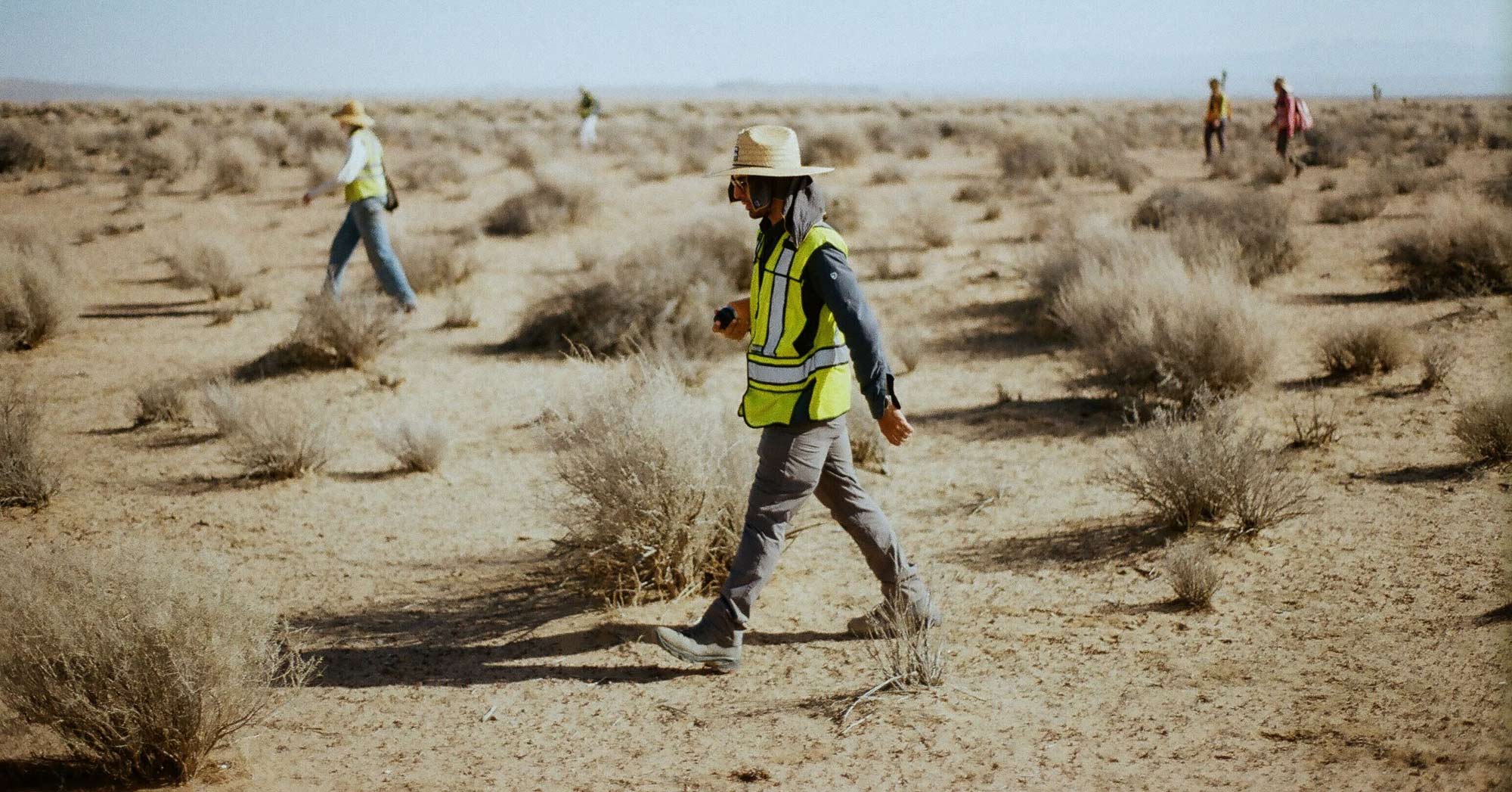CEQA Compliance and Environmental Permitting
SummitWest helps you streamlines complex environmental regulations.
So, what is CEQA Compliance, exactly?
The California Environmental Quality Act (CEQA) is a crucial component of the land development process in California. It requires that all projects go through an environmental review process to identify potential environmental impacts and achieve environmental compliance.
At SummitWest, we understand that the CEQA compliance process can seem overwhelming and we are here to provide assistance to help our clients navigate CEQA successfully.
CEQA Compliance Guidelines
The California Environmental Quality Act is a law enacted in 1970 to ensure that public agencies consider the potential environmental impacts of their decisions before making them. It requires state and local agencies to assess the environmental impacts of proposed projects, consider feasible alternatives, and adopt all feasible mitigation measures to reduce or avoid significant environmental impacts. CEQA applies to both public and private projects in California.
CEQA compliance is important for several reasons. First and foremost, it helps to protect California’s unique and diverse environment by ensuring that projects are carefully evaluated for their potential impacts on the environment. This includes impacts on air quality, water quality, natural habitats, and cultural resources. By identifying potential impacts early in the planning process, agencies and project proponents can take steps to avoid or minimize those impacts, helping to preserve California’s natural resources for future generations.
In addition to its environmental benefits, CEQA also promotes transparency and public participation in the decision-making process. The law requires agencies to prepare environmental impact reports (EIRs) for projects that may have significant impacts on the environment. These reports are made available to the public for review and comment, allowing interested parties to provide feedback on the potential impacts of the project and the adequacy of the proposed mitigation measures.
Finally, CEQA is important because it helps to ensure that projects are economically and socially sustainable. By considering the environmental impacts of a project upfront, agencies and project proponents can avoid costly delays and litigation down the line. They can also identify opportunities to enhance the project’s economic and social benefits while minimizing its environmental impacts.
Overall, CEQA is an important law that helps to protect California’s environment, promote transparency and public participation in the decision-making process, and ensure that projects are economically and socially sustainable.
A few examples of CEQA COMPLIANCE work:
Early CEQA
- Environmental Due Diligence Assessments and Reporting
- CEQA-level Technical Reports
- Categorical Exemptions
- Initial Study / Negative Declaration
CEQA Process
- Public Scoping
- Mitigated Negative Declaration or Draft Environmental Impact Report
- Public Review
- Response to Comments and Final CEQA Document
- Habitat Mitigation and Monitoring Plan
Post CEQA
- Track and Implement Mitigation Measures
- Waters Permitting (do this congruently with CEQA for faster processing!)
- ESA Permitting (do this congruently with CEQA for faster processing!)

“Summitwest’s team of experts can take your project from start to finish, from initial study and site assessment to agency approval, permitting and mitigation”
Why do I need a CEQA compliance expert?
When it comes to navigating California’s complex environmental regulations, having an expert in your corner can mean the difference between a successful project and a costly delay. That’s where SummitWest Environmental comes in. Going into a ground-disturbing project, no matter how small or seemingly simple, can turn into a fines, fees and permitting nightmare that drags out for years if done incorrectly, at best. At worst, law suits.
With years of experience helping clients successfully navigate various aspects of the CEQA process, our team of experts can take your project from start to finish. We’ll work with you every step of the way, ensuring the CEQA process is expertly managed and executed.
When you partner with SummitWest, you’re getting a team of professionals who will go above and beyond to ensure that your project is not only compliant with CEQA regulations but also meets your unique needs and goals. From initial studies to environmental impact reports, we’ll provide the guidance and support you need to achieve success.
It’s not just about ticking boxes and meeting regulatory requirements. At SummitWest, we understand that every project is unique, and we take the time to truly understand your vision and goals. Our team will work with you to identify potential risks and challenges, and develop tailored strategies to overcome them.
“Identifying risks at the due diligence phase, potential permits, accurately assessing significant impacts, and writing effective and implementable mitigation measures are all areas where SummitWest can save you significant money and time.”
Don’t leave your CEQA project to chance. Trust the experts at SummitWest Environmental to guide you through the process with confidence and ease. Contact us today to learn more about how we can help you achieve your goals while staying compliant with California’s environmental regulations.
SummitWest streamlines complex environmental regulations by effectively coordinating with governing agencies to determine your environmental permitting needs and ensure your projects are compliant and on time.

With our multidisciplinary team of experts we understand the complexities unique to California’s diverse environments and can offer a wide range of environmental planning and regulatory solutions including CEQA documents, USFWS 10(A) Recovery Permits, Wetland and Jurisdictional Water Delineations, and CDFW Consultation, Coordination, and Reporting.
We apply proactive and positive communication with regulatory agencies to achieve successful permitting and seamless project momentum. SummitWest’s focus on relationship building, combined with our depth of project experience, enable us to keep client and project goals on track.
CEQA COMPLIANCE & PERMITTING Capabilities
SummitWest is skilled in the following permit application processes:
- Federal Clean Water Act and Aquatic Resources
- Wetland and Jurisdictional Water Delineations
- U.S. Army Corps of Engineers, Sec. 404 Dredge and Fill Permits
- California Regional Water Quality Control Board, Sec. 401 Water Quality Certifications
- California Department of Fish and Wildlife, Section 1602 Streambed Alteration Agreements
- California Department of Fish and Wildlife
- Section 1602 Streambed Alteration Agreements
- Scientific Collecting Permits (SCPs), Sections 650 and 703
- California Endangered Species Act (CESA) assessments and compliance
- CDFW Consultation, Coordination, and Reporting
- United States Fish and Wildlife Service
- Federal Endangered Species Act Biological Assessments and Compliance
- Threatened and Endangered Species Section 10(A) Recovery Permits
- USFWS Consultation and Coordination
- California Environmental Quality Act (CEQA) / National Environmental Policy Act (NEPA)
- Prepare and process CEQA / NEPA documents
- Environmental Due Diligence Reports
- Environmental Assessments (EAs)
- Categorical Exemptions (CATEX)
- Habitat Mitigation and Monitoring Plans

